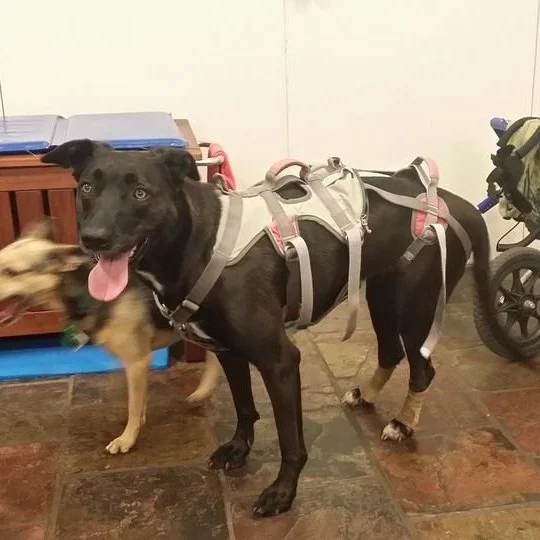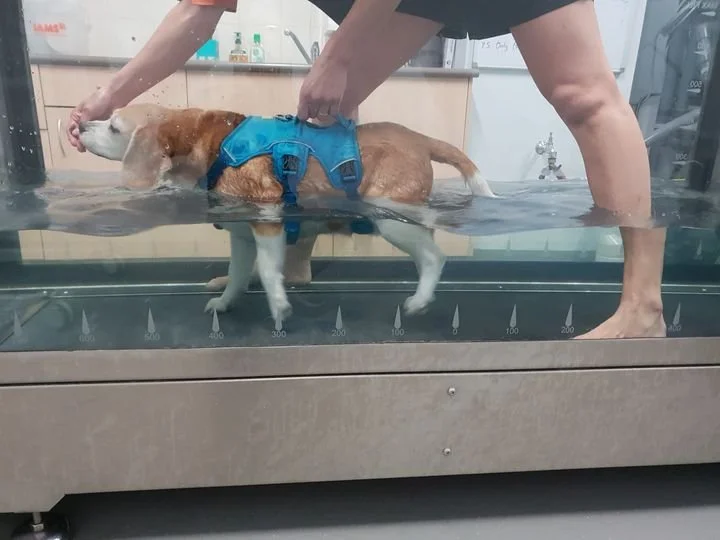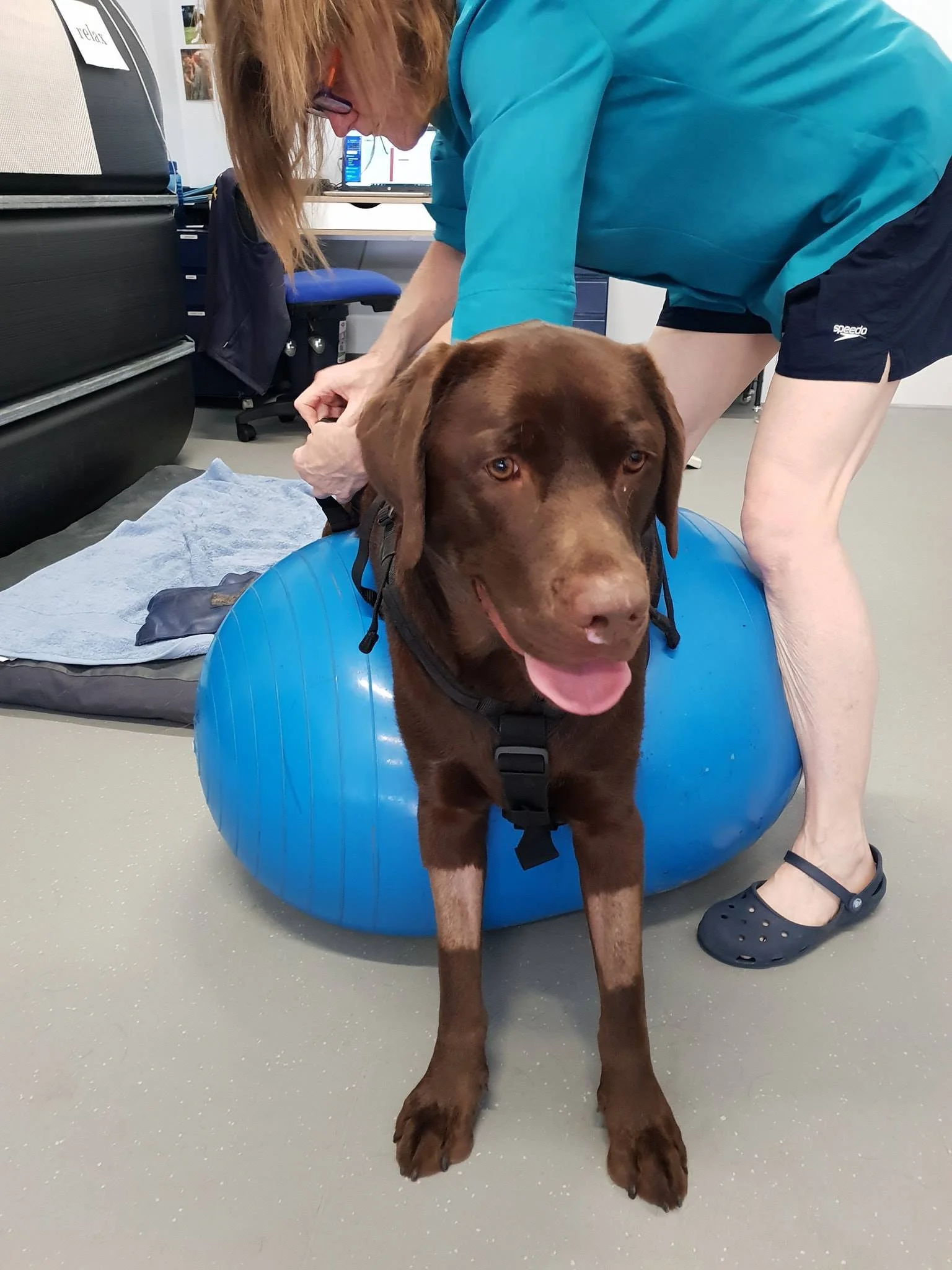Spinal injuries can be life-changing for pets and their families, but modern rehabilitation therapies offer hope for improved mobility, comfort, and quality of life.
Injuries are most commonly caused by a disc herniation (rupture), trauma, spinal stenosis (narrowing) and instability, and vascular (stroke like) events. Spinal cord tissue does not regenerate rapidly and therefore the consequences of an injury can be devastating.
Working closely with owners of pets suffering from these types of injuries over the last 20 years has given us a long term view of the consequences and recovery journeys for many families.
“• “Although nerve injuries take time to heal, early intervention with rehabilitation can significantly improve recovery outcomes.””
Every Pet’s Recovery is Unique
Although we would love to say that we can guarantee complete recovery for all the spinal patients we see, nerve injuries take a very long time to heal, and some may never repair, so prevention is absolutely the best course of action.
If your pet is is among the breeds that are known for spinal injury risk or vertebral malformations, starting preventative strengthening exercises is a simple way to reduce the risk of ever having to face a heart breaking and expensive decision.
““Prevention is the best course of action—proactive strengthening exercises can reduce the risk of heartbreaking spinal injuries.””
Here’s a summary of effective approaches for both prehabilitation (preventing injuries) and rehabilitation after spinal trauma.
Pre-habilitation: Injury Prevention and Strength Building



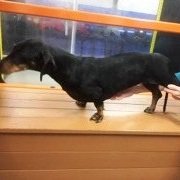

Pre-habilitation exercises focus on strengthening your pet’s body before injury occurs, especially for breeds prone to spinal issues, or active dogs.
A proactive plan may involve:
Core Strengthening Exercises
Proprioceptive Training (balance and body awareness)
Flexibility Work
Low-Impact Strength Training
Rehabilitation therapy following
Spinal Injuries
Rehabilitation plays an important role in spinal injury recovery and maintaining ongoing health by reducing pain, and then helping to restore strength, balance, and coordination.
Current techniques applied at appropriate times include:
Neuromuscular Stimulation and other Electrical therapies: To promote tissue healing, muscle engagement, and reduce pain.
Careful Joint and Spinal Mobilization: To improve joint flexibility and reduce discomfort.
Soft Tissue Massage: To relieve muscle tension, enhance circulation and increase sensory feedback.
Movement Re-education and Gait Correction: To restore healthy movement patterns.
Balance and Proprioceptive Exercises: To improve coordination and prevent re-injury.
Early rehabilitation intervention has been shown to improve outcomes in spinal injury recovery.Other therapies for Spinal Rehabilitation
Hydrotherapy
Hydrotherapy is another valuable tool for rehabilitation using many of the properties of water to improve recovery. The buoyant support of water allows pets to move with reduced weight-bearing strain. The proprioceptive feedback improves the spatial awareness to all submerged areas.
Techniques may include:
Underwater Treadmill Therapy: Controlled, low-impact walking for mobility retraining.
Assisted Swimming: Muscle strengthening with buoyancy support.
Hydrotherapy can be particularly helpful after spinal surgeries or for chronic spinal conditions affecting mobility.
Emerging Therapies and Innovations
Exciting advancements in spinal rehabilitation continue to emerge, including:
Stem Cell Therapy: Investigated for its potential to promote nerve regeneration.
Photobiomodulation (Laser Therapy): Using targeted light therapy to reduce pain and promote healing.
Ongoing research continues to explore these therapies for spinal injury management.
Home-Based Rehabilitation Exercises
Home care is a vital addition to professional therapies and plays a role in your pet’s recovery.
Exercises like:
Passive Range of Motion Movements if your pet is immobile
Balance and Core Exercises as your pet becomes stronger
Controlled Strength Work once your pet is actively mobile again
It’s important to consult with a veterinary rehabilitation professional to ensure exercises are appropriate and safe for your pet’s specific level of injury and mobility.Every Pet’s Recovery is Unique
Spinal rehabilitation is most effective when personalized to a pet’s specific needs and abilities. If your pet has experienced a spinal injury or if you’d like to explore preventative strategies, our team at Active Pet Rehabilitation is here to help. Together, we can support your pet’s path to a happier, healthier life.
Sources:
Disorders of the Spinal Column and Cord in Dogs https://www.msdvetmanual.com/dog-owners/brain-spinal-cord-and-nerve-disorders-of-dogs/disorders-of-the-spinal-column-and-cord-in-dogs
Physio-Pedia (https://www.physio-pedia.com/Introduction_to_Canine_Rehabilitation)
UK Vet Companion Animal (https://www.ukvetcompanionanimal.com/content/clinical/rehabilitation-of-the-canine-patient-following-spinal-cord-injury-a-practical-guide)
Dogs in Motion https://www.dogsinmotion.com.au/rehabilitation-products-and-aids/spine/
Dog Wheelchair Life https://dogwheelchairlife.com/9-dog-physical-therapy-exercises-you-can-do-at-home/
Has your pet suffered a spinal injury? We would love to hear your tips and thoughts below to help other pet parents and fur babies come back strong.
